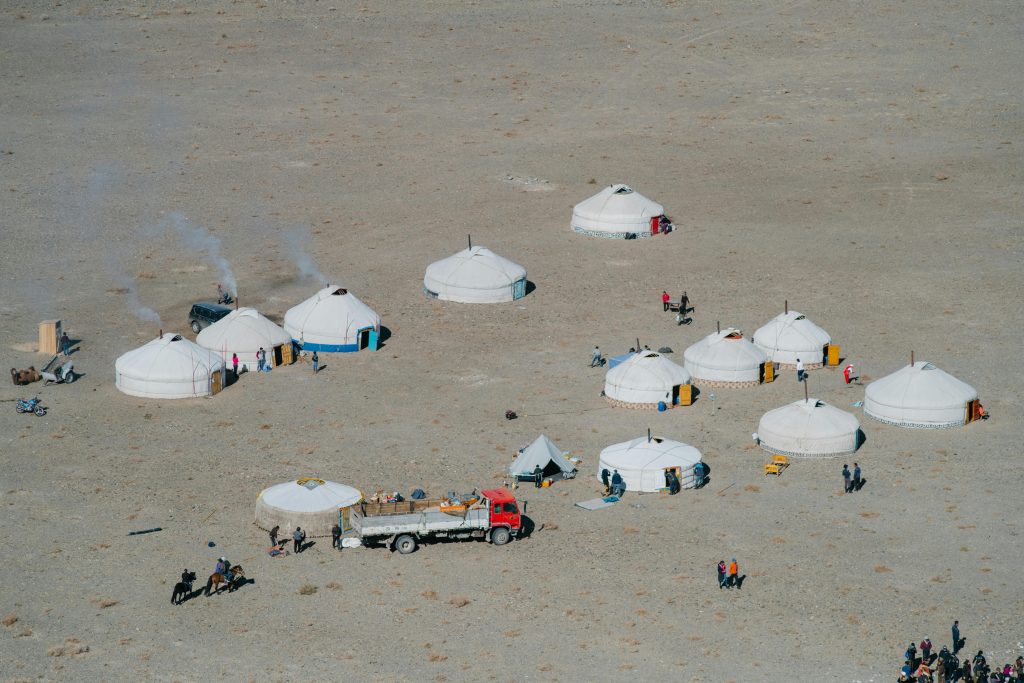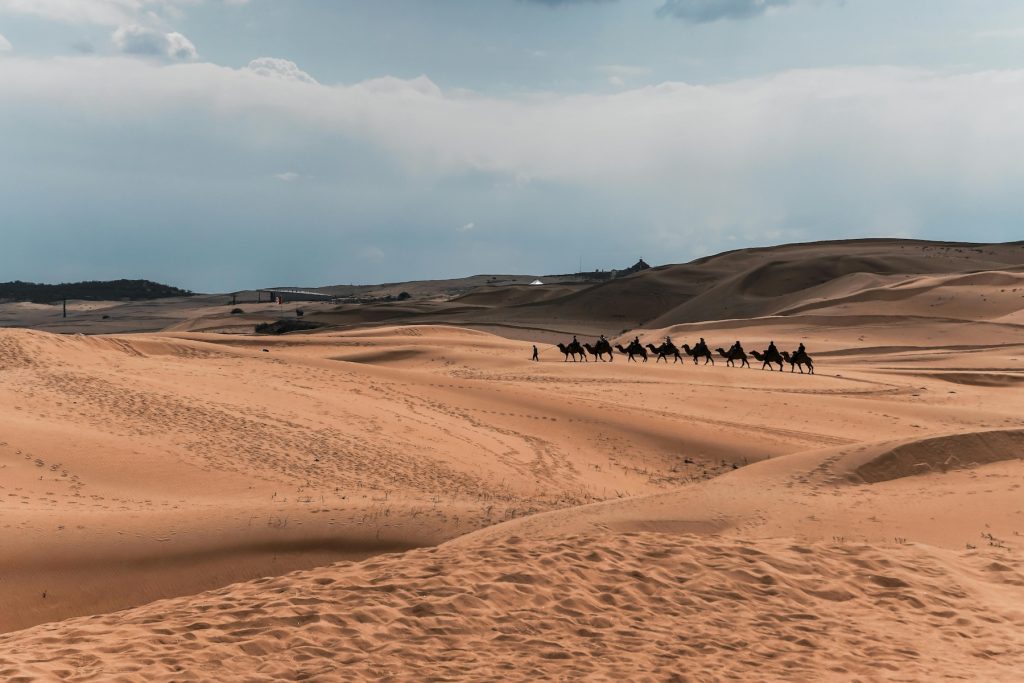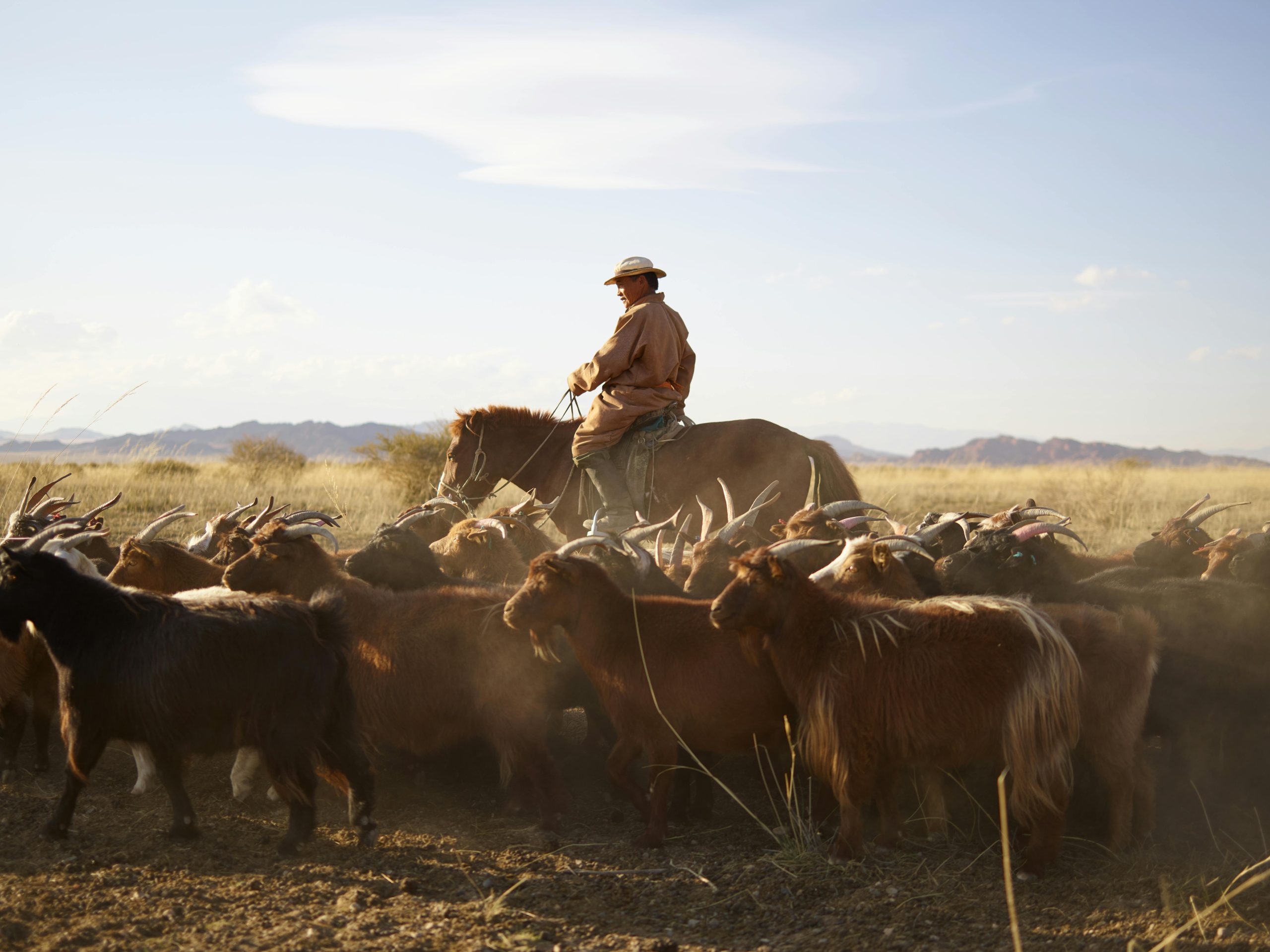Embracing the Nomadic Traditions of Mongolia: A Timeless Journey
Nestled in the heart of Asia, Mongolia is a land where ancient traditions and modern life coexist in a fascinating blend. One of the most captivating aspects of this unique country is its enduring nomadic culture. For centuries, Mongolian nomads have roamed the vast steppes, living in harmony with nature and following time-honored customs. In this blog article, we delve into the rich tapestry of Mongolian nomadic traditions, exploring their origins, practices, and the remarkable resilience that keeps them alive today.
The Origins of Nomadism in Mongolia
Nomadism in Mongolia dates back thousands of years, with evidence suggesting that the practice began during the Bronze Age. The harsh climatic conditions and the need for sustainable pastoralism led to the development of a mobile lifestyle. Nomads move with their herds across the steppe, following the seasonal availability of pasture and water. This way of life has shaped Mongolia’s social structure, economy, and cultural identity, making it one of the last places on Earth where true nomadism thrives.
The Ger: Heart of Nomadic Life
Central to the nomadic lifestyle is the ger, a portable, round tent traditionally covered with felt and canvas. The ger, also known as a yurt, is ingeniously designed to be easily assembled, disassembled, and transported. It provides a warm and sturdy shelter against Mongolia’s extreme weather conditions, from the biting cold of winter to the sweltering heat of summer.
Inside the ger, the arrangement of furniture and belongings follows a strict order rooted in Mongolian customs. The north side, opposite the entrance, is reserved for guests and honored elders, while the stove occupies the center, symbolizing the heart of the home. The ger is not just a dwelling but a microcosm of nomadic life, embodying the principles of hospitality, family unity, and reverence for nature.

Seasonal Movements and Herding Practices
Mongolian nomads typically migrate four times a year, following a pattern that maximizes the health and productivity of their livestock. The main seasons are:
- Spring (Khavar) – As the snow melts, nomads move to fresh pastures where animals can graze on new grass.
- Summer (Zun) – The warmest season, with abundant pastures, is crucial for fattening animals and preparing for the harsher months.
- Autumn (Namur) – A time of transition, when nomads prepare for winter by storing hay and ensuring their livestock are in peak condition.
- Winter (Uvul) – Nomads seek sheltered areas to protect their herds from the severe cold and heavy snowfall.
Herding is the backbone of nomadic life, with families tending to mixed herds of sheep, goats, cattle, horses, and camels. Each type of livestock has its own significance and utility, contributing to the family’s sustenance and economy. For instance, horses are highly valued for transportation and milk, while sheep provide meat, wool, and cashmere.

Traditional Skills and Craftsmanship
Nomadic traditions are rich in skills and craftsmanship passed down through generations. Mongolian nomads are adept at making various items essential for their lifestyle, including:
- Felt-making – Using wool from their sheep, nomads create felt for ger coverings, rugs, and clothing.
- Leatherwork – Crafting saddles, bridles, and bags from the hides of their livestock.
- Textiles – Weaving and knitting wool into garments and household items.
These skills not only ensure self-sufficiency but also preserve cultural heritage and provide income through the sale of handmade goods.
Festivals and Social Gatherings
Festivals and social gatherings play a vital role in reinforcing community bonds and celebrating nomadic culture. One of the most significant events is the Naadam Festival, held every July. Naadam features the “Three Manly Games” of wrestling, horse racing, and archery, showcasing the physical prowess and competitive spirit of the Mongolian people.
Another notable event is the Tsagaan Sar, the Mongolian Lunar New Year, which marks the end of winter and the beginning of a new cycle of life. Families come together to perform traditional rituals, exchange gifts, and enjoy a festive meal, highlighting the importance of family and community in nomadic life.
Challenges and Resilience
Despite the romanticized view of nomadism, modern Mongolian nomads face numerous challenges. Climate change, desertification, and economic pressures threaten their traditional way of life. Many nomads have been forced to migrate to urban areas in search of better opportunities, leading to a decline in nomadic populations.
However, resilience is a hallmark of Mongolian nomads. Efforts are underway to adapt to changing conditions while preserving their heritage. Initiatives such as eco-tourism and the promotion of traditional crafts provide new sources of income and help sustain nomadic communities.
